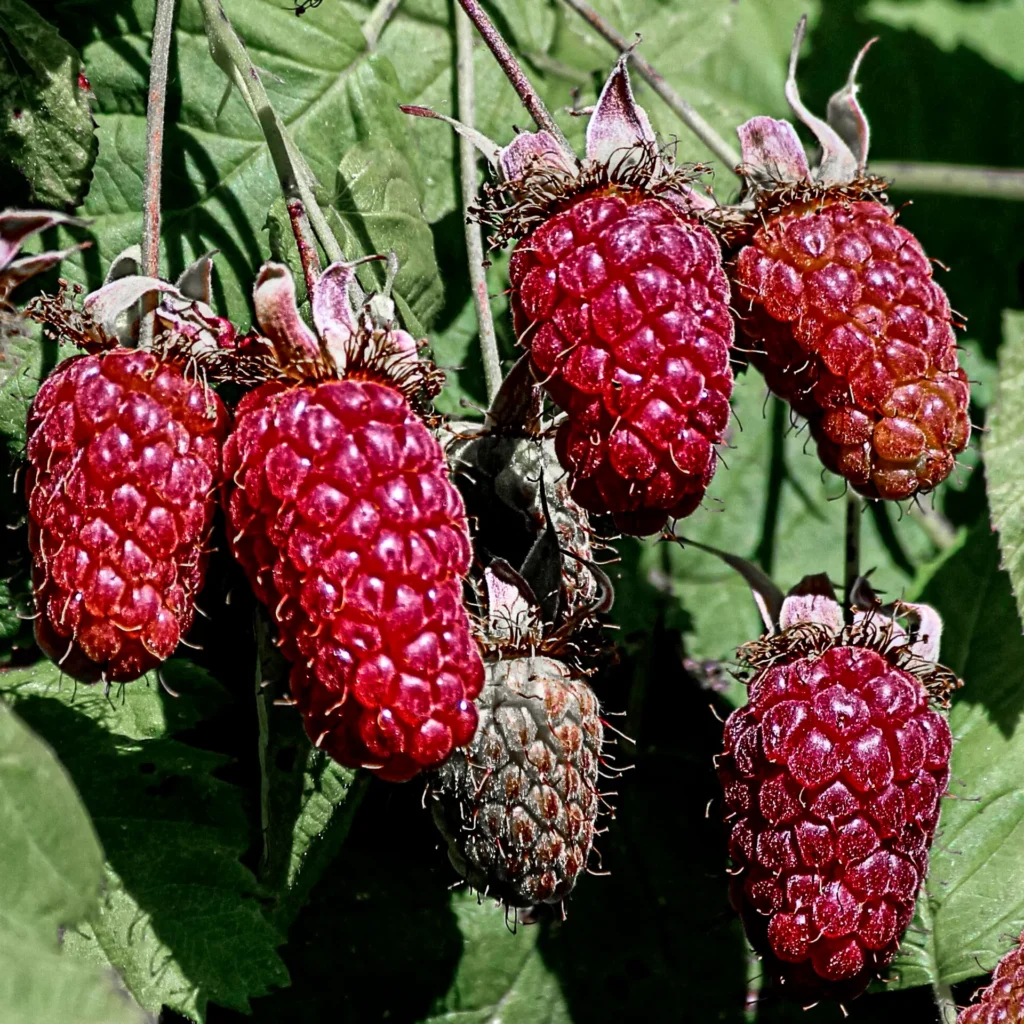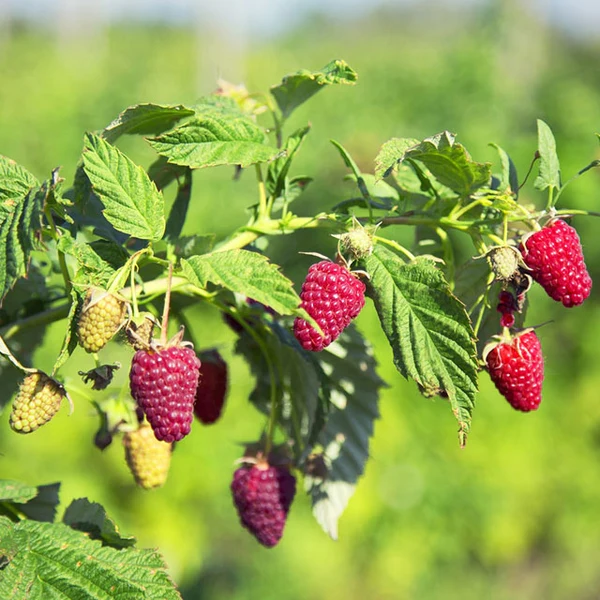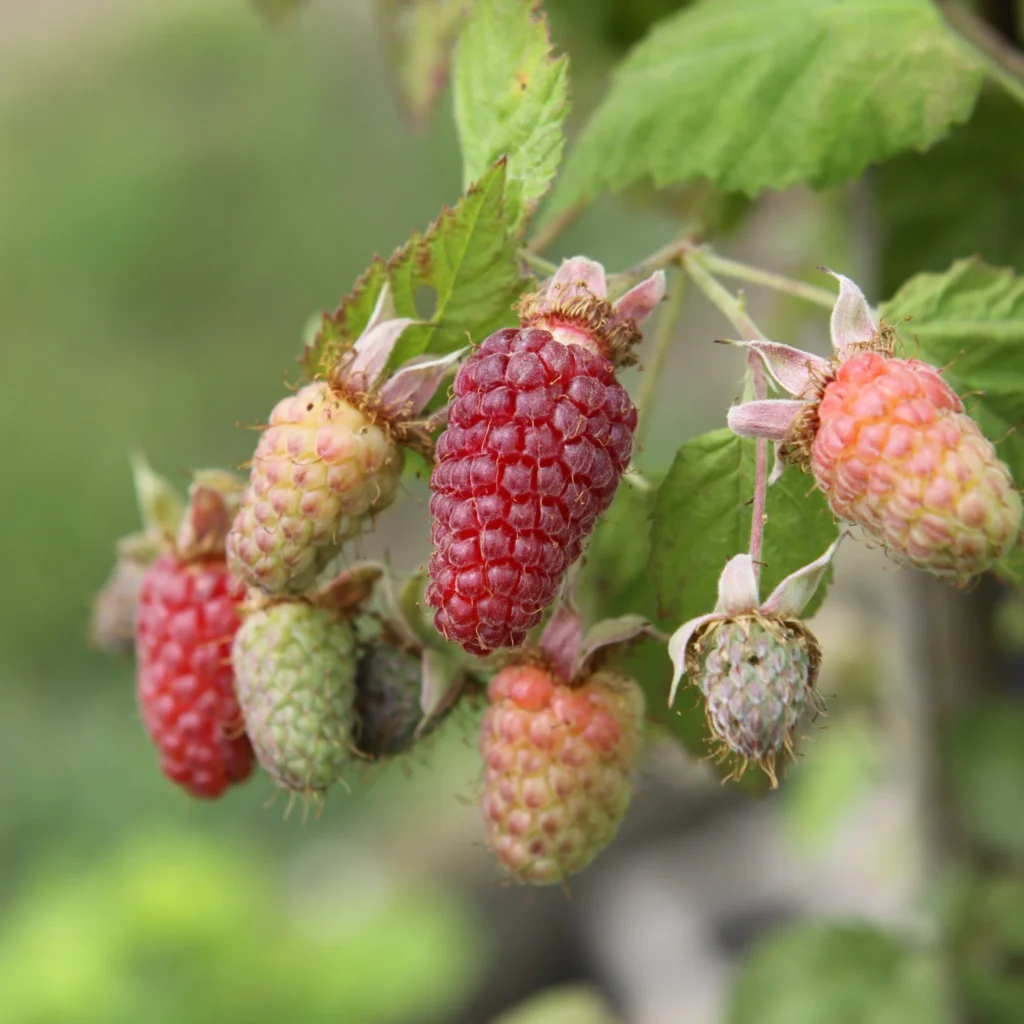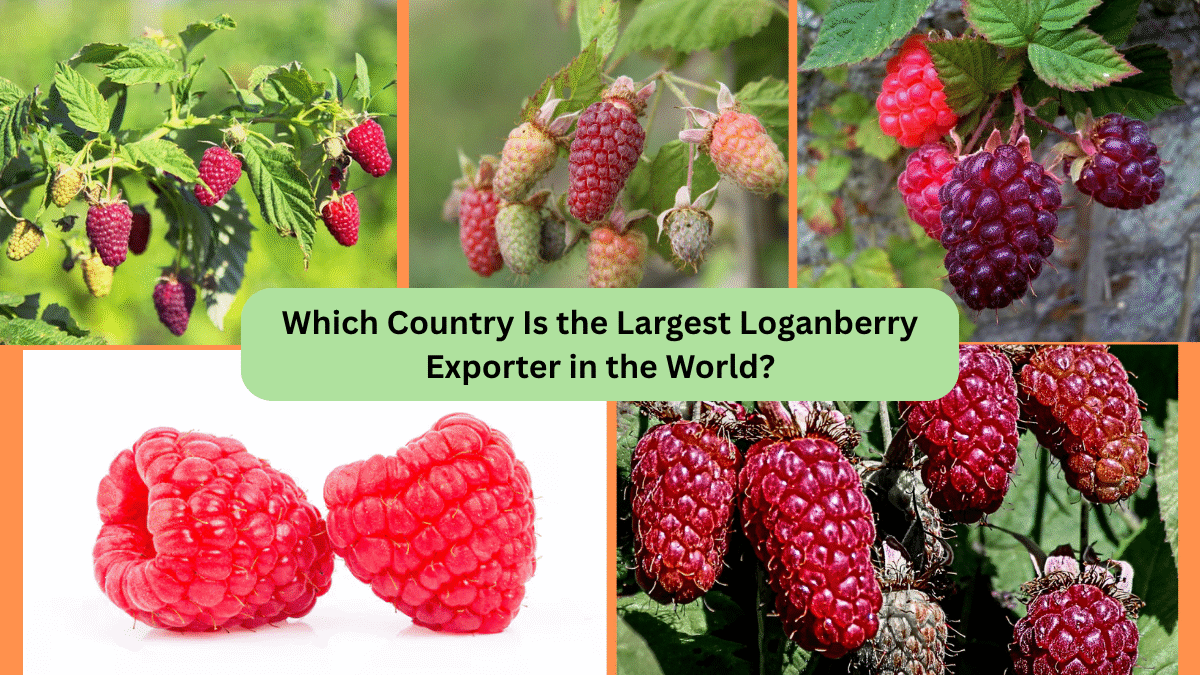Loganberries, the little-known yet richly flavored berry, have long been a favorite among chefs, gardeners, and health-conscious consumers alike. A unique hybrid between a raspberry and a blackberry, the loganberry is cherished for its deep red hue, tart-sweet taste, and impressive nutritional profile. While it may not enjoy the mainstream popularity of its berry cousins, loganberries have a dedicated following in gourmet kitchens and artisanal product markets worldwide.
But have you ever wondered which country leads the world in exporting loganberries? In this comprehensive article, we’ll uncover the global leaders in loganberry trade, track the history and market trends of this specialty berry, and examine why one country stands above the rest.
A Brief History of the Loganberry

The loganberry was accidentally created in the late 19th century by American horticulturist James Harvey Logan in Santa Cruz, California. It resulted from a chance cross between a raspberry and a blackberry, combining the best attributes of both. The berry boasts a wine-colored skin, larger than a raspberry but more elongated, and is packed with vitamin C, fiber, and antioxidants.
While initially popular in the United States, particularly on the West Coast, loganberry cultivation spread to countries with suitable cool-temperate climates. Over time, however, global production became limited due to the berry’s short shelf life and delicate nature, making it better suited for frozen and processed products rather than fresh exports.
Global Production of Loganberries
Though grown on a relatively small scale compared to other berries, loganberries are cultivated in several regions around the world:
- United States (primarily Oregon and California)
- United Kingdom (England and Scotland)
- New Zealand
- Chile
- Serbia
- Poland
- Canada
These countries typically harvest loganberries for domestic use or niche export markets, often freezing the berries or processing them into jams, juices, and syrups.
The Global Trade Landscape for Loganberries

In international trade, loganberries are often grouped under broader tariff categories for soft berries, such as HS Code 0811.20, which includes frozen raspberries, blackberries, mulberries, and loganberries. While this makes it challenging to isolate exact loganberry trade figures, we can assess export trends based on major players in the frozen berry sector.
Frozen exports are the primary method for international loganberry trade, given the berry’s fragile nature. Only a small percentage of fresh loganberries are exported, mostly within regional markets.
Which Country Exports the Most Loganberries?
Serbia is currently considered the largest loganberry exporter in the world — particularly in the frozen category, which represents the bulk of the international loganberry trade.
Serbia’s Frozen Berry Exports:
- In 2023, Serbia exported approximately 150,000 metric tons of frozen berries (including raspberries, blackberries, mulberries, and loganberries), valued at over USD 295 million.
- This accounted for 28-30% of the global frozen berry export market.
- Key destinations for Serbian frozen berries include Germany, France, the United Kingdom, Poland, and the Netherlands.
Serbia’s position as the leading loganberry exporter is largely attributed to its established berry farming industry, cost-effective production, and well-developed frozen berry processing facilities.
Fresh Loganberry Exports: Mexico Leads

While Serbia dominates the frozen loganberry export market, Mexico holds the title for the largest exporter of fresh berries in the same category group (HS Code 0810.20), which includes raspberries, blackberries, mulberries, and loganberries.
In 2022:
- Mexico exported significant quantities of fresh berries valued at over USD 1.5 billion, primarily to the United States, Canada, and Europe.
- While the exact loganberry share is small, Mexico’s sophisticated berry export infrastructure and proximity to North American markets make it the top fresh berry supplier globally.
Why Serbia Leads in Loganberry Exports
Several key factors contribute to Serbia’s success as the world’s largest loganberry exporter:
Ideal Climate
Serbia’s temperate continental climate, with warm summers and cold winters, is perfect for growing soft berries, including loganberries.
Fertile Agricultural Land
The rich, fertile soil in regions like Arilje and Ivanjica offers ideal growing conditions for berry cultivation.
Advanced Freezing Facilities
Serbia has invested heavily in Individual Quick Freezing (IQF) technology, allowing berries to be frozen within hours of harvest, preserving their flavor, color, and nutritional value.
Competitive Export Prices
Serbia offers competitive pricing compared to Western European growers, making it a preferred supplier for frozen berries within the EU.
Strong Trade Relations
Serbian exporters maintain established relationships with major European distributors, supermarkets, and food processing companies, ensuring a steady demand for their frozen berry products.
Global Export Rankings: Loganberries (2023 Estimate)

| Country | Export Format | Est. Annual Volume (Tonnes) | Key Markets |
|---|---|---|---|
| Serbia | Frozen | 150,000 (combined berries) | Germany, UK, France, Netherlands |
| Mexico | Fresh | 200,000+ (combined berries) | U.S., Canada, UK |
| Poland | Frozen | 126,000 | EU countries |
| Chile | Frozen | 45,700 | U.S., Europe |
| United States | Fresh & Processed | 25,000+ | Domestic, Canada |
| New Zealand | Fresh & Frozen | Small volume | Australia, Asia |
Note: Loganberries are typically a small portion of these combined berry figures but follow the same export trends.
Market Trends and Future Outlook
The global market for loganberries, though niche, is growing steadily due to rising consumer interest in specialty berries and antioxidant-rich superfoods.
Key trends include:
- Increased demand for frozen berries for use in smoothies, desserts, and bakery products.
- Expansion of organic berry production in Europe and North America.
- Rising popularity in gourmet and health food markets, particularly in Japan, South Korea, and Australia.
- Greater emphasis on sustainable and ethical farming practices among berry exporters.
As these trends continue, Serbia’s dominance in the frozen berry sector — and, by extension, loganberry exports — is expected to persist, with opportunities for other countries like Chile, Poland, and New Zealand to expand their presence in premium and organic markets.
Conclusion

In the world of loganberry exports, Serbia stands as the undisputed leader, especially in the frozen category that makes up the majority of global loganberry trade. With ideal growing conditions, advanced freezing technology, and competitive pricing, Serbia supplies high-quality frozen loganberries to some of the largest food markets in Europe.
Meanwhile, Mexico holds a strong position in fresh berry exports, including loganberries, thanks to its proximity to the U.S. and state-of-the-art berry farming operations.
Though loganberries remain a specialty item in global trade, their popularity is rising among health-conscious consumers and gourmet food enthusiasts. As demand grows, we can expect countries like Chile, Poland, and New Zealand to increase their presence in this niche market — but for now, Serbia retains the crown as the world’s largest loganberry exporter.





Leave A Comment